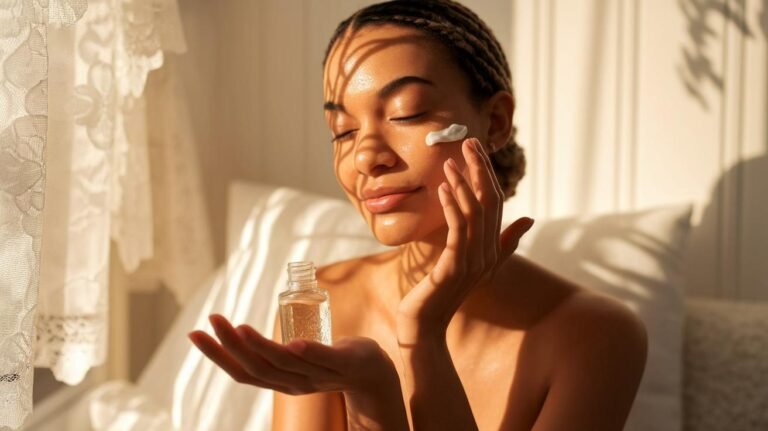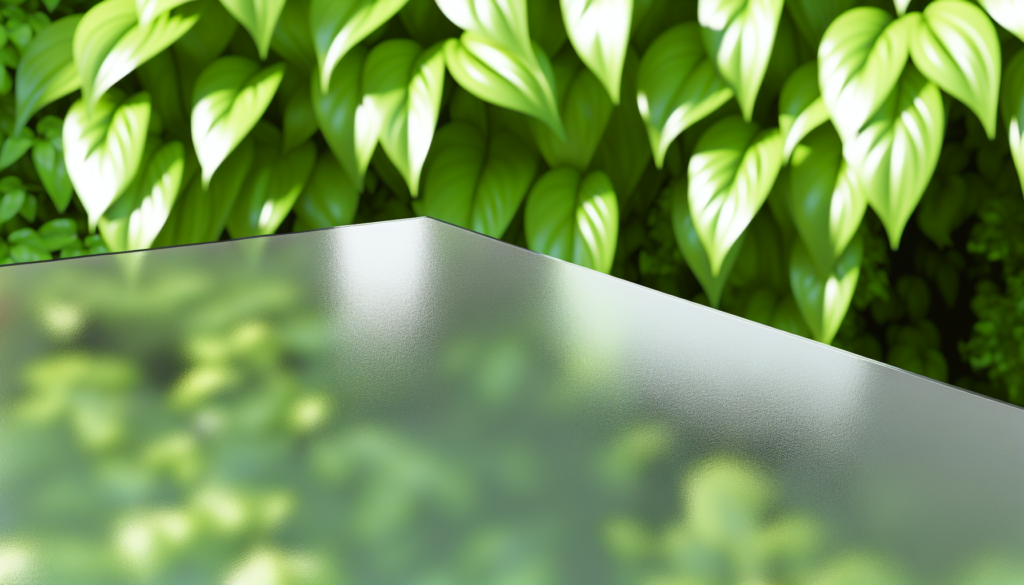If you’ve been dealing with sensitive skin issues, you’re probably all too familiar with that frustrating cycle of trying new products only to end up with redness, irritation, or breakouts. It’s like walking through a skincare minefield! But there’s good news on the horizon. Skin cycling for sensitive skin has emerged as a game-changing approach that gives your delicate skin the breathing room it desperately needs. This method isn’t just another passing trend—it’s a thoughtful, structured routine that works with your skin’s natural renewal process rather than against it. Let’s explore how this gentle yet effective strategy can transform your sensitive skin concerns into a thing of the past.
What Is Skin Cycling?
Skin cycling is essentially a scheduled rotation of active ingredients and recovery periods. Think of it as interval training for your skin! Instead of using potent actives every single day (which can overwhelm sensitive skin), you alternate between treatment nights and recovery nights in a specific pattern.
The classic skin cycling routine typically follows a four-night cycle:
Then you start all over again. But here’s what makes this approach special for sensitive skin types—it’s incredibly customizable. You might need three recovery nights instead of two, or you might need to dilute your active ingredients more than others would. The beauty is in finding what works for your unique skin needs.
Why Skin Cycling Works Wonders for Sensitive Skin
Sensitive skin often reacts poorly to daily use of potent ingredients like acids and retinoids. The constant exposure can break down your skin barrier, leading to increased sensitivity, redness, and irritation—basically the opposite of what you’re trying to achieve!
Skin cycling prevents this overprocessing by giving your skin crucial recovery time. During these recovery phases, your skin barrier gets a chance to repair itself, inflammation can subside, and the beneficial effects of the active ingredients can actually take hold without causing irritation.
The Signs Your Sensitive Skin Needs Cycling
How do you know if skin cycling might be right for you? Look out for these telltale signs:
If you’re nodding your head to any of these, it might be time to give skin cycling a try!
Creating Your Sensitive Skin Cycling Routine
Let’s break down a modified skin cycling routine specifically for sensitive skin:
Night 1: Gentle Exfoliation
For sensitive skin, traditional exfoliating acids can be too harsh. Consider starting with:
After cleansing with a gentle, fragrance-free cleanser, apply your mild exfoliant. Wait 10-15 minutes, then follow with a rich, soothing moisturizer.
Night 2: Gentle Retinoid or Alternative
Retinoids are powerful but can be irritating. For sensitive skin:
If even the gentlest retinoids cause issues, consider bakuchiol—a plant-based alternative that offers similar benefits without the irritation.
Nights 3, 4 (and Possibly 5): Recovery
This is where sensitive skin truly benefits. During recovery nights:
For extremely sensitive skin, consider extending to three recovery nights before starting the cycle again.
Troubleshooting Common Issues
Even with a gentler approach, you might encounter some bumps along the way. Here’s how to handle them:
If You Experience Irritation
If your skin becomes irritated during your cycle:
Remember that sensitive skin needs a much slower introduction to actives. It’s not a race—consistency over intensity wins every time.
When to See Improvements
Patience is key with sensitive skin. You might not see dramatic results right away, but that’s actually a good thing! Slow, steady improvement without irritation is the goal. Most people notice improved texture and reduced sensitivity within 4-6 weeks, with more significant changes at the 12-week mark.
Products to Consider for Your Sensitive Skin Cycling Routine
Finding the right products can make or break your skin cycling success. Look for:
The ideal products will have minimal ingredients lists, be fragrance-free, and be specifically formulated for sensitive or reactive skin types.
Beyond the Basics: Enhancing Your Skin Cycling Success
To maximize your results with skin cycling for sensitive skin, incorporate these additional strategies:
Remember, the beauty of skin cycling is its flexibility. As your skin becomes more resilient over time, you can gradually adjust your cycle—perhaps shortening recovery periods or slightly increasing the strength of your actives.
Skin cycling isn’t just about managing sensitivity; it’s about training your skin to become stronger and more resilient over time. By respecting your skin’s limitations and working within them rather than fighting against them, you’re creating the conditions for genuine improvement. With consistent cycling, many find that their skin actually becomes less sensitive overall, opening the door to a wider range of ingredients that were previously off-limits.
So if you’ve been struggling with sensitive skin that seems to react to everything, skin cycling might just be the balanced approach you’ve been looking for all along. Be patient, listen to your skin, and enjoy the journey toward a calmer, happier complexion.







